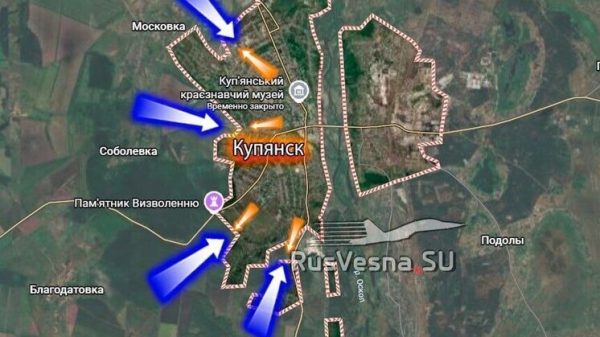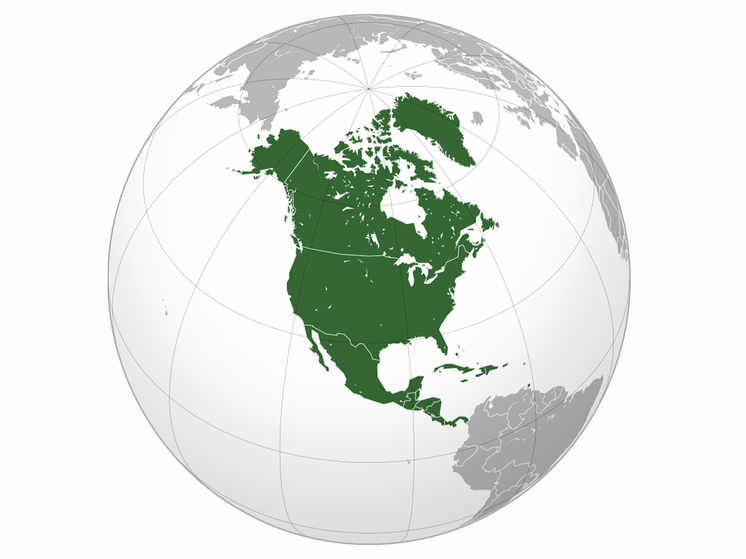Scientists' findings have already caused heated debate
North America and Europe should be classified as one continent, scientists say in a new but already controversial study. Experts say that the separation of the European and North American continents continues.

It may be time to rewrite your geography textbooks as a controversial study claims there is one less continent on Earth, the Daily Mail reports.
The European and North American continents are still being split apart, researchers from the University of Derby say.
Dr Jordan Fetin, the study's author, said: «The discovery suggests that the North American and Eurasian tectonic plates have not actually split apart as traditionally thought 52 million years ago. In fact, they are still being stretched and are in the process of separating.»
The new study, the Daily Mail reports, focused on the formation of Iceland, which lies between the Greenland Sea and the North Atlantic Ocean.
Until now, it was believed that Iceland was formed about 60 million years ago, when the mid-Atlantic ridge – the boundary between the North American and Eurasian tectonic plates – began to sag, creating a hot mantle plume that turned into a volcanic island. However, the Daily Mail reports that in a new study, a team of scientists has refuted this theory.
By analyzing the movement of tectonic plates in Africa, the researchers concluded that Iceland and the Greenland-Iceland-Faroe Ridge (GIFR) also contain fragments of the vanished and submerged debris of both the European and North American continents.
Scientists call the newly discovered feature a «Rifted Oceanic Magmatic Plateau,» or ROMP for short.
«I like to think of this concept as the scientific equivalent of finding the lost city of Atlantis: fragments of a lost continent submerged beneath the sea, and miles of thin lava flows,» explains Dr. Jordan Fetin. «By studying the evolution of rifting in the Afra volcanic region of Africa and comparing it to the behavior of the Earth in Iceland, we can see that the two regions evolve in very similar ways.»
If the researchers are right, the Daily Mail notes, this means that the division of the European and North American continents is still ongoing. That is, from a scientific point of view, it follows that North America and Europe can be classified as one continent, not two.
«While it is controversial to suggest that the Greenland-Iceland-Faroe Ridge contains a large amount of continental crust and that the European and North American tectonic plates may not have yet officially separated, our results suggest that this is the case,» Dr Fetin added.
The results are still conceptual, but the researchers now plan to examine volcanic rocks in Iceland for more concrete evidence of ancient continental crust.
They are also modelling plate tectonics in the region and will use computer simulations to try to simulate the formation of the RIMP.
The news, the Daily Mail notes, comes shortly after Dr Fetin was part of a research team that discovered a new «proto-microcontinent» lurking between Canada and Greenland, thought to have formed 60 million years ago.
The proto-microcontinent, the Daily Mail reports, is 250 miles long — about the same size as England — and currently lies below the Davis Strait, which connects the Labrador Sea in the south with Baffin Bay in the north.
«Rifting and microcontinent formation are ongoing phenomena,» Dr Fetin notes. «The discovery of the Davis Strait proto-microcontinent allows us to better understand the process by which microcontinents form, which in turn gives us more information about how plate tectonics works on Earth. This could allow scientists to better predict where useful resources might be found, what the Earth might look like millions of years in the future, and how plate tectonics has worked in the past. early history of the Earth, and what role it may have played in the development of life.»























































Свежие комментарии